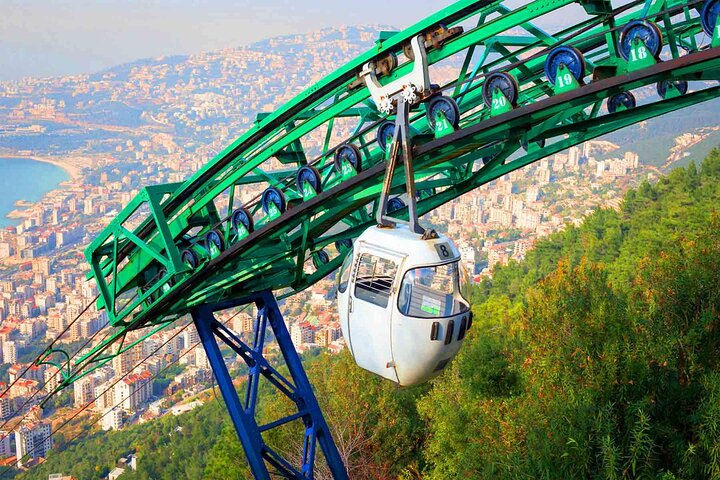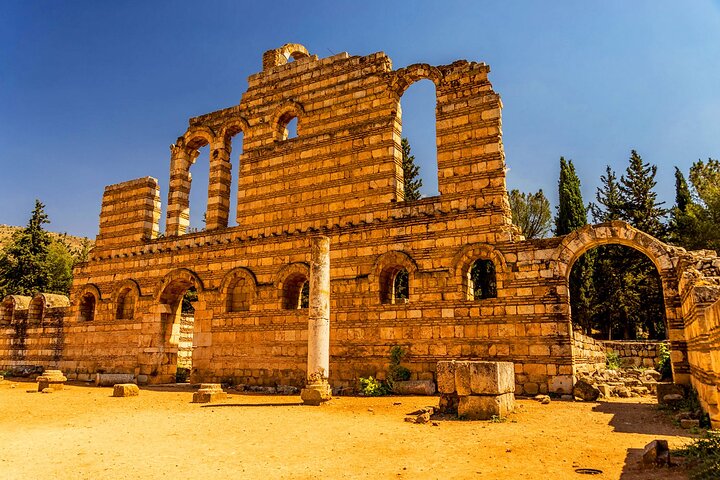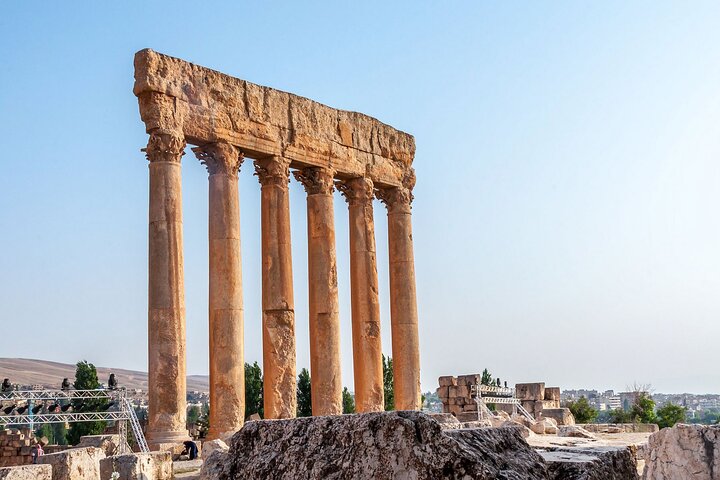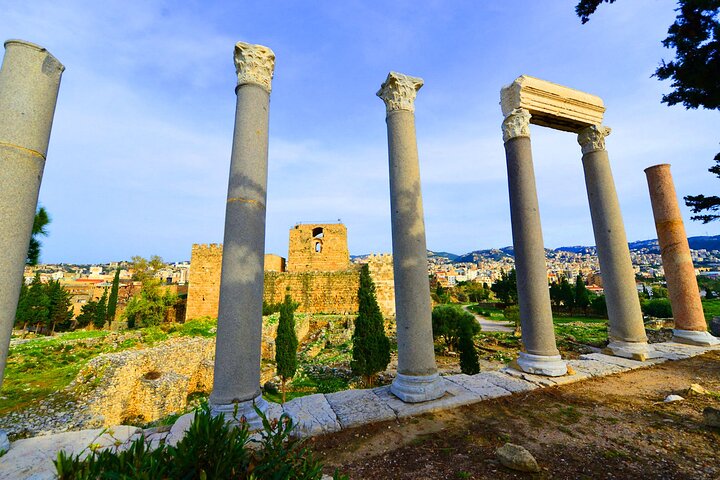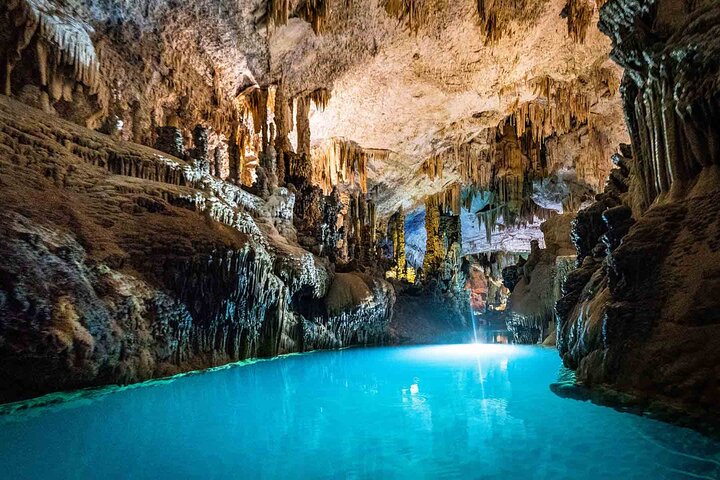Exploring Beirut: From Souks to Raoucheh Rocks
Beirut’s vibrant urban landscape beckoned me, a former city planner turned travel writer, to explore its bustling souks, serene mosques, and iconic Raoucheh Rocks. Join me as I uncover the city’s hidden gems and rich history.
A Stroll Through Beirut’s Heartbeat
Beirut, a city that pulses with life, history, and culture, was calling my name. As a former city planner turned travel writer, I couldn’t resist the allure of its vibrant urban landscape. My journey began in the heart of the city, at the bustling Beirut Souks. This architectural marvel is a testament to Beirut’s status as a fashion capital of the Middle East. As I wandered through the souks, I was captivated by the blend of designer and mid-range brands, each store a treasure trove waiting to be explored. The air was filled with the aroma of freshly brewed coffee from nearby cafes, and the chatter of locals and tourists alike created a symphony of sounds that was music to my ears.
From the souks, I made my way to Martyr’s Square, a poignant reminder of Lebanon’s turbulent history. The square, dedicated to those who were executed during Ottoman rule, stands as a symbol of resilience and hope. As I stood there, I couldn’t help but reflect on the stories of the past and the indomitable spirit of the Lebanese people. The square’s central location made it a perfect starting point for exploring the rest of the city, and I eagerly set off to discover more of Beirut’s hidden gems.
The Spiritual and Intellectual Hub
No visit to Beirut would be complete without a stop at the Mohammad Al-Amin Mosque, also known as the Blue Mosque. This stunning structure, with its majestic domes and intricate architecture, is a testament to the vision of the late Prime Minister Rafik Hariri. As I stepped inside, I was enveloped by a sense of peace and tranquility, a stark contrast to the bustling city outside. The mosque is not only a place of worship but also a symbol of Hariri’s efforts to rebuild and revitalize Downtown Beirut.
Leaving the mosque, I found myself drawn to Hamra Street, a vibrant hub of intellectual and cultural activity. Often referred to as Beirut’s Champs Elysees, Hamra Street is a melting pot of ideas and creativity. The street is lined with bookshops, cafes, and universities, including the prestigious American University of Beirut. As I strolled down the street, I could feel the energy and excitement in the air, a testament to the city’s rich intellectual heritage. The nightlife here is legendary, and I couldn’t resist the temptation to join the locals in one of the many lively bars and clubs that line the street.
Nature’s Masterpiece at Raoucheh
As the sun began to set, I made my way to the iconic Raoucheh Rocks, also known as the Pigeon Rocks. These natural wonders, rising majestically from the sea, are a sight to behold. The surrounding area is steeped in history, with evidence of ancient human existence found nearby. Walking along the Corniche, I marveled at the breathtaking views of the Mediterranean Sea and the stunning rock formations. The sound of the waves crashing against the rocks was both soothing and invigorating, a perfect end to a day of exploration.
Beirut is a city that never ceases to amaze, with its rich tapestry of history, culture, and natural beauty. From the bustling souks to the serene mosques, and the vibrant streets to the tranquil sea, Beirut offers a unique blend of experiences that are sure to captivate any traveler. Whether you’re a history buff, a culture enthusiast, or simply looking for a new adventure, Beirut has something for everyone. I left the city with a heart full of memories and a promise to return, eager to uncover more of its hidden treasures.








































